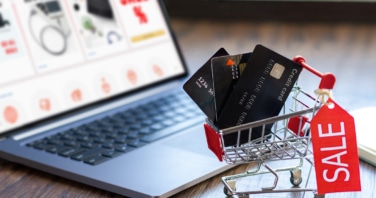Gone are the days when retail existed only in a store on the high street. People are shopping less in person these days. More than that, though, people want options to shop in a variety of ways. And they might use any or all of the available options in each purchase.
Customers today expect to be served by a business across a wide range of channels. Those channels extend from traditional shopfronts at physical stores to the myriad of digital offerings, including eCommerce platforms, social media, and more.
Not only is the adoption of a multi-channel strategy good for consumers, but it’s also good for businesses. In fact, customers who shop online and install were found to be worth more to a business. That translates to 10% more per visits online and 4% instore, compared to single-channel shoppers. Therefore, it is in a business’s best interest to investigate multiple avenues.
More channels mean more opportunities, and that’s the case for consumers and retailers alike. There are so many websites out there, and so many digital retail platforms. This shouldn’t be overwhelming, but it does mean that there are lots of options available. An online presence has become vital for any retail business.
Retailers now find themselves competing for customer attention through different channels. Connecting with once-loyal customers has become increasingly difficult. That is unless businesses are prepared to adapt their communication and product offerings consistently.
Retailers need to work on engaging consumers naturally both on and offline. This is where multi-channel retail becomes incredibly important.
What is Multi-Channel Retail?
Multichannel retailing is a concept that is always evolving. Essentially, it refers to offering customers different platforms on which to purchase products. It may refer to businesses having a brick and mortar store and an online store. It often refers to multiple online outlets and channels, and these days there are a lot of different options.
Regardless of the avenues, the fundamental principle of multi-channel shopping remains the same. It involves using multiple channels to maximise revenue, by offering customers greater choice. Customers can then engage with your business in the most convenient method for them.
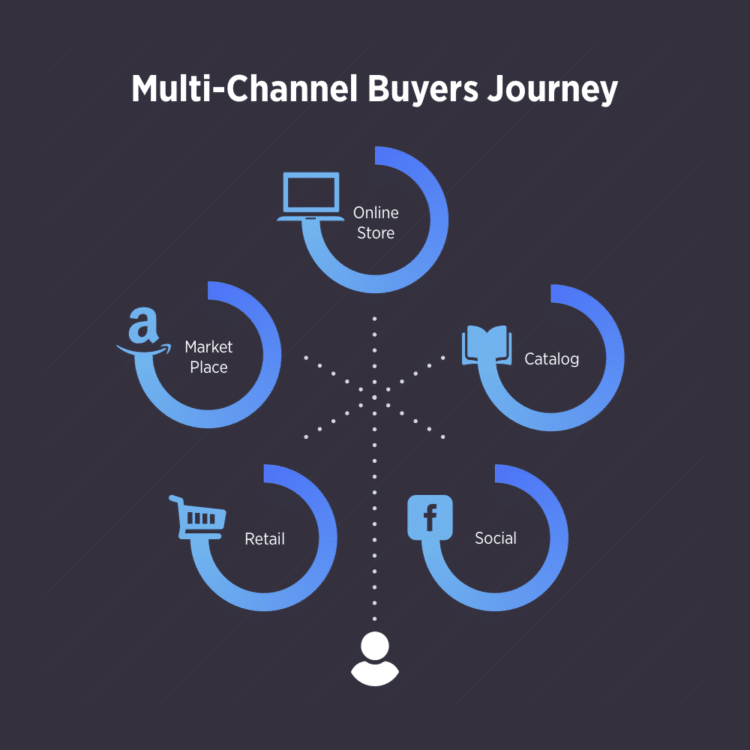
Source: BigCommerce
The multi-channel opportunity for retailers is one that comprises giving consumers choice and options. You let them decide where, what, and how they engage with your business and products to make a purchase. It gives customers the option to experience your brand in the most convenient way for them.
Retail might be the most competitive element of global commerce and eCommerce. The adage of staying in your own lane is becoming less relevant. These days, you need to be across multiple lanes. Multichannel retailers are those best positioned to face the future.
Retailers who engage in price comparison and effective competitor monitoring campaigns have an advantage. They are strategically placed on developing strategies that boost sales and increase margins. To do this, you need to be in the game, ready to cover multiple offline and online channels to get and keep those customers.
Advantages of Multi-Channel Retail
There are many benefits for a business that embraces multi-channel retailing. And the more time and effort put into getting it right, the more significant those benefits become.
Brand visibility and diversity
Multi-channel retail gives more opportunities to build a brand among diverse audiences. It gives the freedom and flexibility to be diverse in your product and support offerings for your customers. It will increase brand awareness and visibility and tap into more market areas to gain more new customers. This will inevitably lead to more online sales for the business.
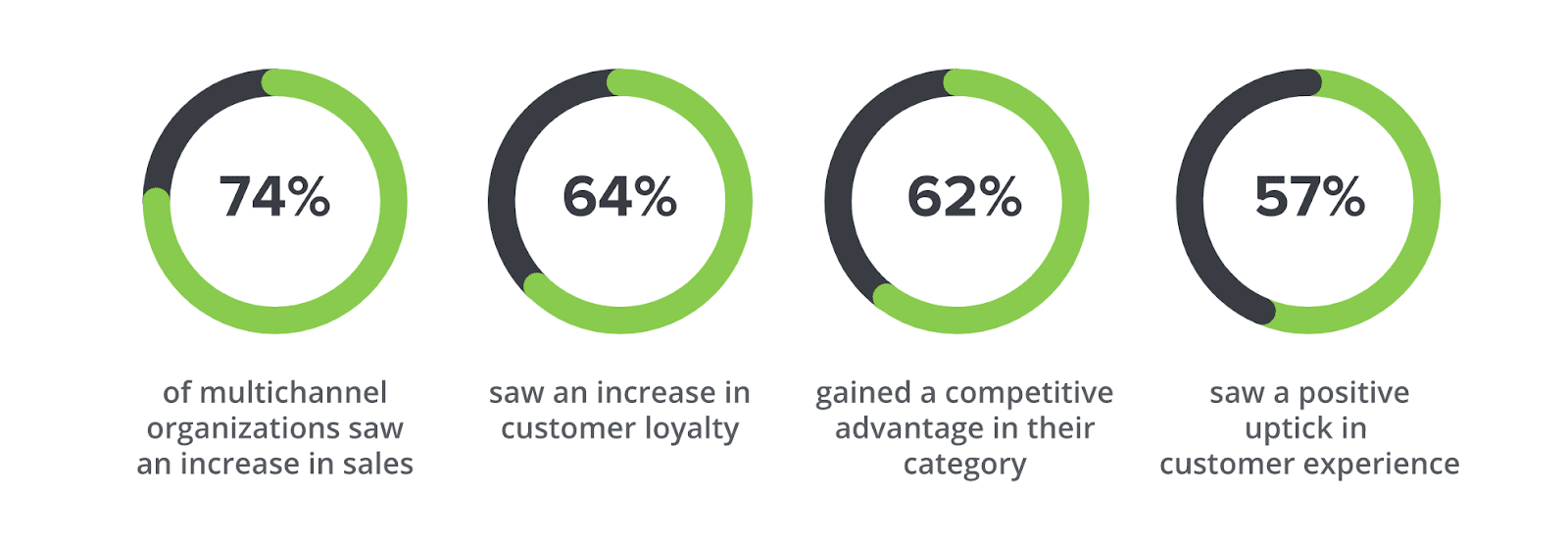
Source: Quickbooks
Round-the-clock support
Multi-channel retailing allows 24-hour access to customers, which helps to build brand loyalty. Shopping 24/7 via mobile devices and multiple online touchpoints is a modern reality. Being multi-channel can tap into the opportunity for your brand to succeed beyond set store hours.
Data and analytics
Expanding across different avenues also provides improved analytics to help understand consumer behaviours. Customer segmentation and data insights can be gained through various sales channels. These can be used to communicate relevant information and offers to customers. Businesses need to have a strong communications solution when embarking on multi-channel retail.
Data can be collected from all channels. It includes detail on demographics, purchasing history, interests, and the time, location, and device. These are crucial insights that can inform marketing campaigns and sales strategy. They can also boost your ROI. Using analytics and targeting your demographic is vital to creating effective, interactive marketing campaigns.
Targeted marketing and personalised offers
All this collection of information can facilitate more targeted marketing initiatives. Targeted marketing can focus on specific channels, taking the best approach for each. They may be focused on increasing engagement, sales volumes, or margins. This could mean channel-specific promotions and offers that are time-limited or initiatives to drive more customer traffic through additional channels. These approaches could be strategically lucrative for any retailer.
The different sales channels can also offer various opportunities for upselling. You can capitalise on impulse purchases and everyday essentials. As well as displaying personalised recommendations on your eCommerce website.
Collecting data means you can give customers more of what they want. That way, they will feel looked after and rewarded. Utilise the insights and technology behind multi-channel retailing to personalise the shopping experience.
91% of consumers prefer to shop with brands that provide offers that are relevant to them. You can target flash sales, promotions, and voucher codes to be seen by certain groups.
It will encourage repeat purchases and visits further down the line. It will also offer more opportunity for positive reviews and user feedback.
Accelerated onboarding process
Multi-channel accelerates consumer onboarding. Diversifying makes brands more appealing to a wider target audience. It also contributes to an increased customer base and helps to retain customers. It makes buying an easier, more convenient, and pleasurable experience for customers. In retail, this could be the difference between winning and losing out on sales.
Happier customers
With multichannel retailing, customers can pick and choose how they shop. They can shop on the go, such as on their morning commute if that suits them best. Alternatively, they can switch to their browser if they would rather complete a purchase that way.
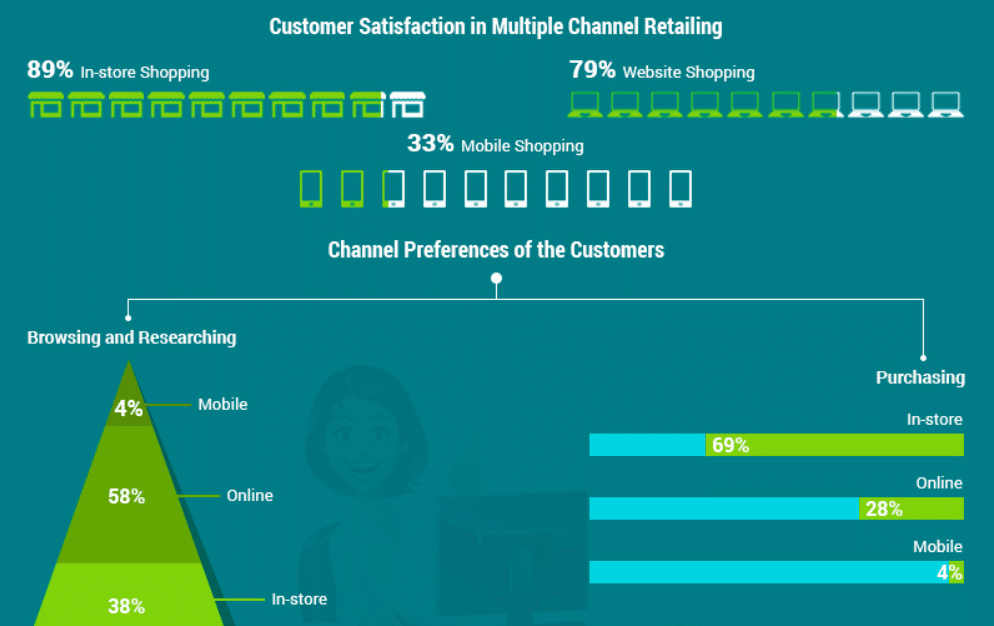
Source: Social4retail
Access to technology allows people to consume information almost instantly. And the important part is that they can take action in the same instant.
Multi-channel retailing offers flexibility for consumers when purchasing and paying. Customers want convenience, and they want things done immediately. And more than ever they want different options when shopping.
Promoting your products to customers is about more than just making them visible. Customers expect a certain level of service. Show you’re putting them first by catering to their cross-channel requirements.
Multi-channel retail benefits customers by giving them a high level of service. But importantly, they don’t need to go out of their way to purchase your products. It allows a more seamless, integrated experience across sales channels. An experience increasingly described as omnichannel retailing.
Multi-channel options also increase customer loyalty. Customer engagement strategies should be a key focus area within any business.
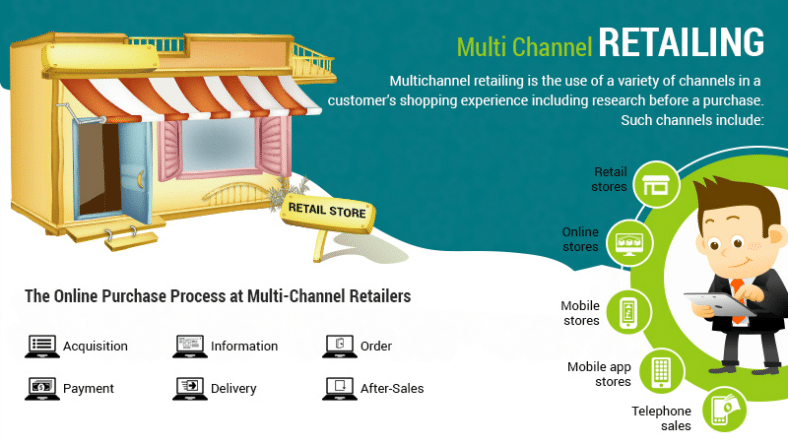
Source: Options
Pitfalls of Multi-Channel Retail
As with any other strategy, multichannel selling may have a few challenges. These might stop merchants from exploring this approach, but it should be fine if you are prepared. These are the two main issues you will face with a multi-channel retail approach.
1. Harder to streamline and synchronise channels.
Embarking on a multi-channel approach will mean it’s more difficult to streamline avenues. It will be harder to achieve continuity across distribution channels and support customers.
Listing products in multiple places may take time, especially if it’s done manually. The task is to transfer product listings from your website to the marketplace of your choice.
When selling on multiple marketplaces, you need to synchronise data across sales channels. The last thing an eCommerce owner wants is to oversell and make customers angry. When orders come from various sources, it is quite a challenge to track inventory. It’s certainly not as straightforward as running a traditional retail store.
2. Harder to keep track of analytics
Keeping track of analytics across multiple channels can also be a challenge. Data provides insight into the efficiency of every sales channel. It helps to understand which marketing strategies work and which need to be improved.
Most marketplaces provide business owners and marketers with built-in analytics tools. However, it can then be not easy to compare data from multiple sources. It can significantly increase the time needed to analyse the data, thus delaying making data-driven decisions swiftly.
How to Start a Multi-Channel Retail Business
1. Pick the right sales channels.
Don’t go all out immediately. You’ll risk spreading yourself too thin. Pick a few channels to start with and work up from there. Ascertain which options might best serve your business and concentrate your efforts.
Investigate which marketplaces are going to best suit your business. And look into which ones are most popular within your industry. For example, Amazon and eBay tend to be widely used by consumers.
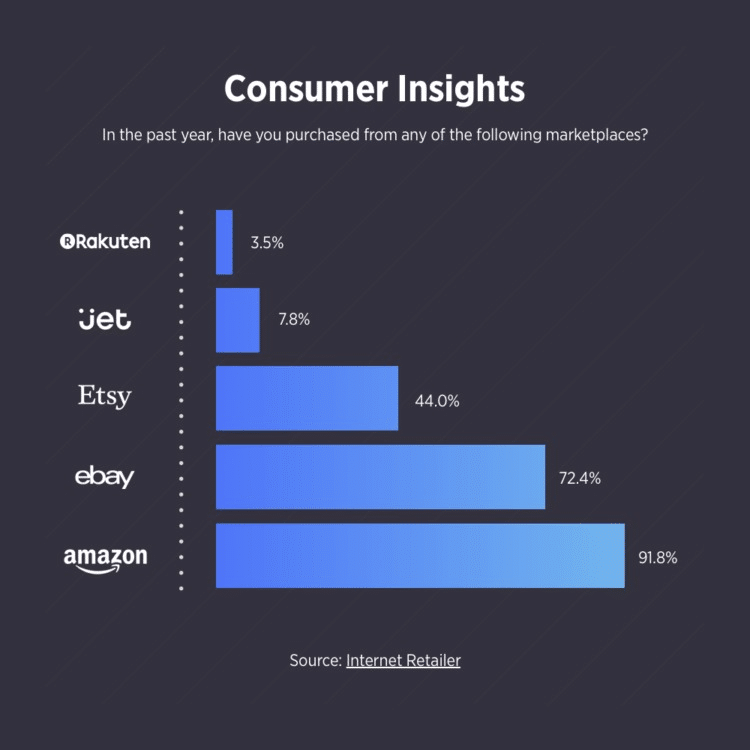
Source: BigCommerce
2. Customer experience is your priority.
No matter what you do, always put your customers first. Anyone shopping online is presented with a huge number of choices. It is not about the lowest price; it is about being proactive and useful.
Customer experience is vital for any online retailer. Shoppers want sellers to anticipate their needs. They expect you to provide the right experience and technology. It is always wise to provide exceptional services, customer support, and customer experience.
Learn what your customers expect from you and give them just that. Understanding the customer journey is vital so you can best support them at any point. Ensure you have streamlined customer interactions. You will want to make sure your customers can easily contact your business. And that they can speak to the department they need to.
3. Stay consistent.
Stay consistent with pricing, brand positioning, and overall customer experience. This is important in general, but even more so across multiple sales channels. Even if you can’t control all aspects of the customer journey, you can devise a unified standard.
Apply this to all aspects of your business, including managing orders and customer service. Try to implement it on all marketplaces you get involved with.
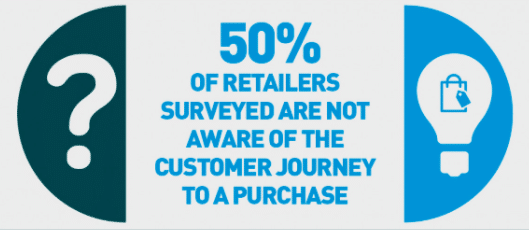
Source: Visually
4. Be prepared to expand.
It’s fine if you focus on just a few channels at first. In fact, that’s probably a great start to your multichannel retail strategy. But be prepared to look into other avenues as things grow. There are so many options available that you might want to investigate for your business.
5. Choose the right tools.
Selling across multiple channels is challenging, but some tools can help. A good communications platform is essential. Ensure you also have a good contact centre solution to make sure your customers are properly supported.
Inventory management is another important asset to any retail business. If there’s no inventory going out, there’s no revenue coming in. It becomes even more important when there are multiple channels involved.
Traditional inventory management methods like dedicating inventory to multiple warehouses won’t cut it. Inventory management software will be important in a multi-channel retailing business.
The Future of Multi-Channel Retail
These days things are moving more online. The future is going even further in this direction. So the need for online retail channels is only going to increase.
Ten years ago, multichannel retailing was such a complicated process. It simply wasn’t viable for many small to mid-sized companies to be across it. Today, multi-channel retailing is necessary for company growth at all levels. The average consumer has changed quite a bit since the turn of the century, too, and is far less patient than they used to be. They want their product immediately and via their favourite platform.
When it comes to the future of multichannel retailing, ultra-personalisation often comes up. The other major change is that consumers are less swayed by conventional advertising. To maximise profits, retailers need to reach their audience on a personal level. The bar has been set for multi-channel marketing, and it keeps moving higher.
Soon enough, multi-channel retailing will be a completely seamless process. It’s already starting, but it’s only the beginning. In the future, all successful brands will have strong shopper relationships. Customers will move between channels easily. They won’t experience the current issues that come from the lack of a single customer profile.
Multi-channel is the way forward now, but in the future, things might look even more complex. Omnichannel is definitely a possibility. Businesses will eventually be running a fully integrated retail experience. One that is available from anywhere and everywhere.
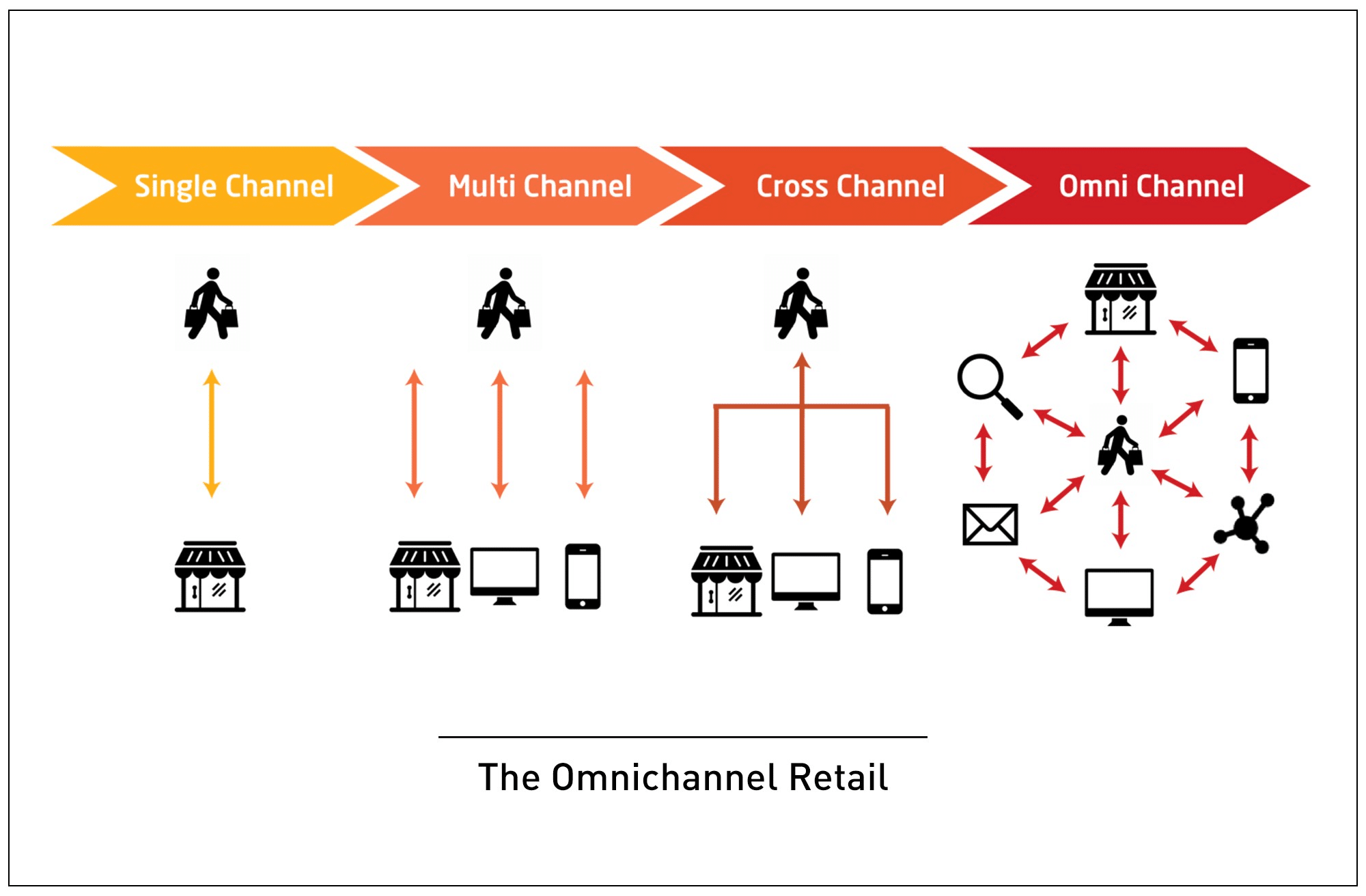
Source: Medium
Future consumers will also rely on AI for initial information filtering. That is the types of filtering of information that they currently do themselves. Future shoppers will be presented with fewer choices. The retailer’s detailed customer profiles will inform those choices. Each choice will be personalised and well-suited to the shopper’s needs.
Conclusion
The world of multi-channel retail is exciting. It is a space where many advances are being made constantly. And the future is only looking brighter. But it means that businesses will need to evolve to keep up with these advances. It doesn’t need to be an overwhelming prospect. With the right tools and tips, any business can embark on their own multi-channel adventure. And the benefits will be significant.
Originally published Jan 13, 2021, updated Jan 17, 2023

